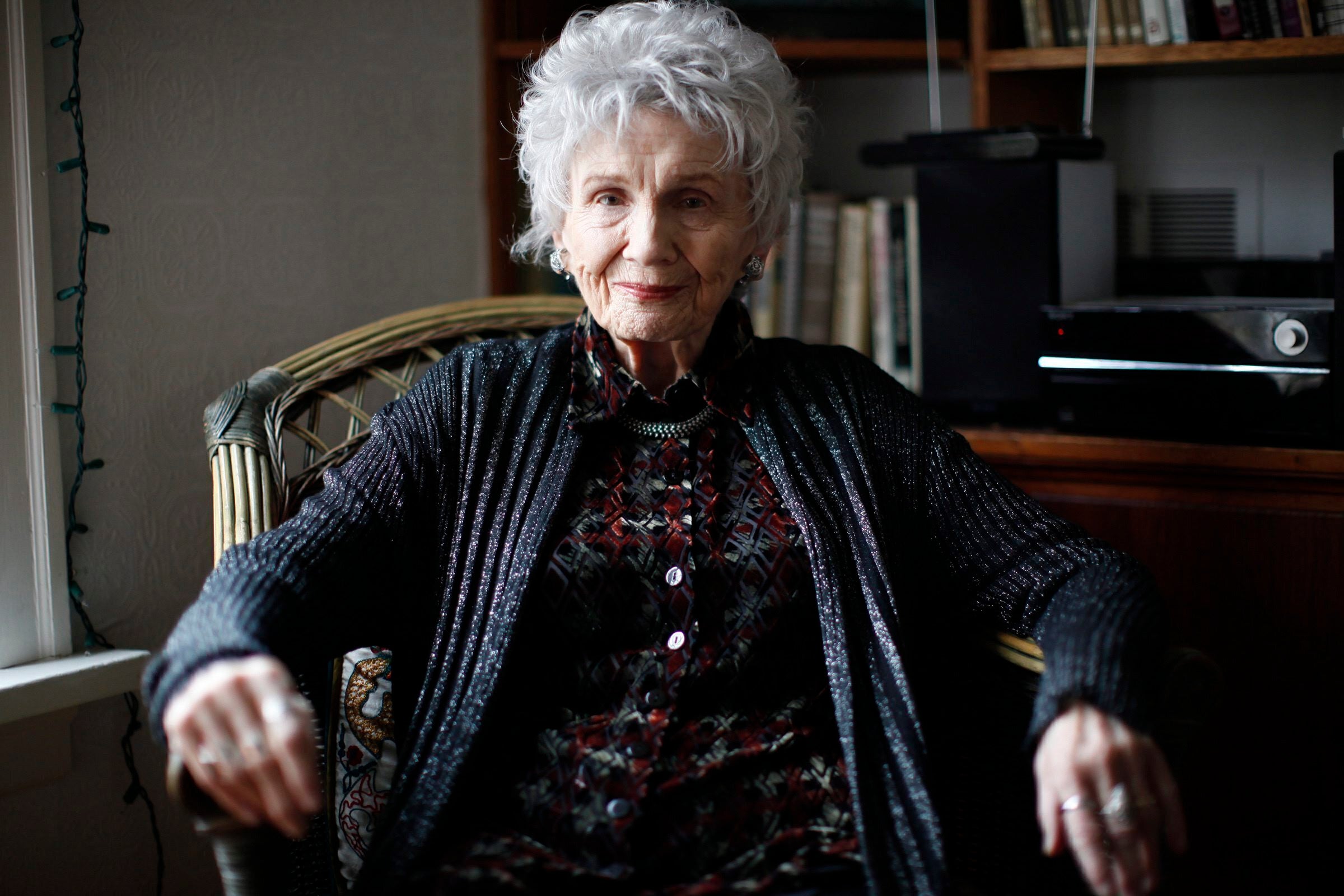The Independent's journalism is supported by our readers. When you purchase through links on our site, we may earn commission.
Can we ever separate ‘art’ from the ‘monster’ who made it?
Andrea Skinner has revealed she suffered child sexual abuse at the hands of her stepfather – and her mother, the Nobel Prize winning author Alice Munro, knew but did nothing about it. What do we do with her canon of work now, asks Megan Pillow


Your support helps us to tell the story
From reproductive rights to climate change to Big Tech, The Independent is on the ground when the story is developing. Whether it's investigating the financials of Elon Musk's pro-Trump PAC or producing our latest documentary, 'The A Word', which shines a light on the American women fighting for reproductive rights, we know how important it is to parse out the facts from the messaging.
At such a critical moment in US history, we need reporters on the ground. Your donation allows us to keep sending journalists to speak to both sides of the story.
The Independent is trusted by Americans across the entire political spectrum. And unlike many other quality news outlets, we choose not to lock Americans out of our reporting and analysis with paywalls. We believe quality journalism should be available to everyone, paid for by those who can afford it.
Your support makes all the difference.This is about Alice Munro, but it is not about Alice Munro. I begin, instead, with her daughter, Andrea Robin Skinner, because she’s the one who was brave enough to bring us here.
In an essay in the Toronto Star this week – now much discussed on social media – Skinner writes of the horrific events of her childhood, detailing her sexual abuse by her stepfather, Gerald Fremlin – and her mother’s decision to side and stay with him.
“I was nine years old,” she says, giving context to her life “before”. “I was a happy child – active and curious –who had only just realized I couldn’t grow up to be a sheep-herding dog, a great disappointment, as I loved both dogs and sheep.”
The essay is a gutting read. Skinner details how Fremlin harrassed and abused her from the age of nine, through to her teenage years. It reveals an awful truth about a literary icon (Munro died in May at the age of 92). It is also the only place that “happy child” exists.
I look for photos of her online, and I find a few: blonde and smiling, one where she is staring intently into the lens. But every time I type in Skinner’s name, a photo of Munro appears.
I’ve read a lot about Skinner this week, and the ghost of Alice Munro overshadows every story. Headline after headline in the wake of Skinner’s essay and the companion piece refers to her as “Alice Munro’s daughter” or “daughter of the Nobel laureate.”
Article after article asks what we do with Alice Munro now and shares how shattered her fans are. Some of our most revered literary figures have discussed their shock, Munro’s mindset and the impact of her fiction, but they have not mentioned Skinner’s name.
This is, all too often, what happens in the wake of horrific revelations involving a public figure.
Often, there’s considerable public hand-wringing, but very little of it honors survivors. I read one piece in particular that engaged beautifully and thoughtfully with Skinner’s story: an essay written by author, editor, and Booker Prize finalist Brandon Taylor for his newsletter “Sweater Weather”.
Taylor discusses his own history of sexual abuse, how painfully Skinner’s experience mirrors and diverges from his own, and how little interest he usually maintains in the author of a work; but how here, both the biography and the banality of the horror are unavoidable. Yet still, while he read Skinner’s essay, Taylor says he did not think of Munro, the “brilliant spinner of stories,” at all.
“I did not think of the work or the art, or even what are we going to do with the work now that we know this?” he writes. “My first and only thought was Andrea Skinner’s words, which I believed in their totality.”
Like Taylor, I believe Skinner, and she was my first thought. But unlike Taylor, I did think of Munro, and I’m ashamed at my inability to ignore her. Not only does biography hound us, but many of us have bought into the myth of the “national treasure”; the artist who is lauded as much as the art.
I’ve thought a lot about what we do with the art of monstrous people. I accept my part. I am the one reading Skinner and infusing her work with Munro’s reputation. I also know I do this (in part) because of my own history of sexual abuse, which I’m still unravelling; and the puzzled innocence of my nine-year-old’s face as he asks me why I’m so upset by this story.
The thing is: there always has been – and always will be – art by monstrous people. We cannot possibly erase it all. Some will toss their Munro books in the bin, but most will eventually return to reading her, just as they returned to David Foster Wallace and Dr. Dre and Carl Andre and the many other artists who have allegedly abused or facilitated abuse.
Memory is slippery, selective. The traumas of other people soften and fade, but the art persists. After a while, we forget the survivor’s name. We are also the monster. We need to own it.
And we own it by doing exactly what Skinner asks us to: we incorporate our new knowledge of Munro into her legacy. We add it to every biography.
We also must make it safer for the survivors of abuse to speak. We add their names to every mention of the artist. We focus on their work separately – and where we can, we do this without mentioning their abusers at all. We read more Mary Karr, more Dee Barnes, exhibit more Ana Mendieta. We read more by Andrea Robin Skinner.
I hope Skinner will continue to write. I want to read about how she learned to be a parent, about the child she was before Fremlin’s abuse. Skinner’s work is compelling and vulnerable; it now interests me more than Munro’s. Skinner’s history was one that Munro did not have the courage to write. Munro’s fiction may still tell us a kind of perverse truth, but Skinner is its genesis. Let’s begin there.
Megan Pillow is a writer, editor and scholar. She is the co-author of Do The Work with Roxane Gay
Join our commenting forum
Join thought-provoking conversations, follow other Independent readers and see their replies
Comments